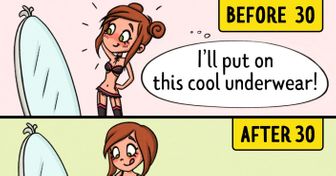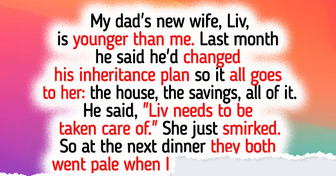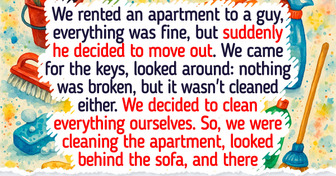Saturn

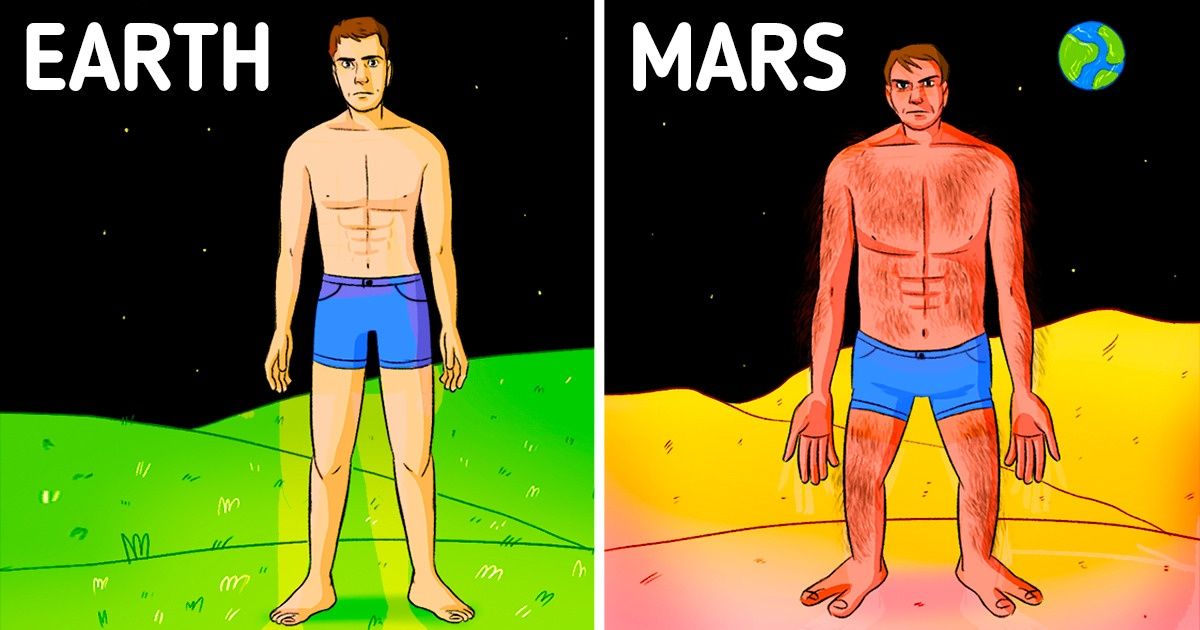
Stephen Hawking once said that we only have 100 more years before we move to space. That’s a rather tight deadline because — let’s admit it — we’d have some trouble surviving in space. Even astronauts, who only spend a few hours out there, often face health problems upon returning. Most of the planets in the universe are impossible for us earthlings to live on. In fact, we’d have to evolve ourselves, like with our vision, our breathing, and our vestibular system, almost entirely, to do it. But let’s give it a try.
We at Bright Side decided to lose our marbles for a bit and try to imagine how we’d look on different planets, and we want to share our speculations with you.
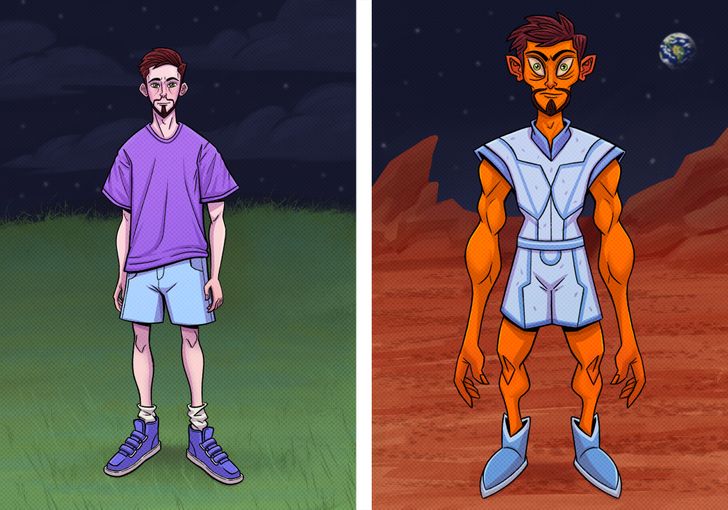
The gravity on Mars is lower than on Earth, and it’s farther from the sun, so we would see less sunlight. Mars also has no protective magnetic field due to its thin atmosphere, exposing everything to radiation. Sometimes, strong winds create dust storms that howl around the whole planet, and the dust continues to settle for months after.
There’s no limit to our imagination, so we decided to create a more “human” form of the Martian appearance.
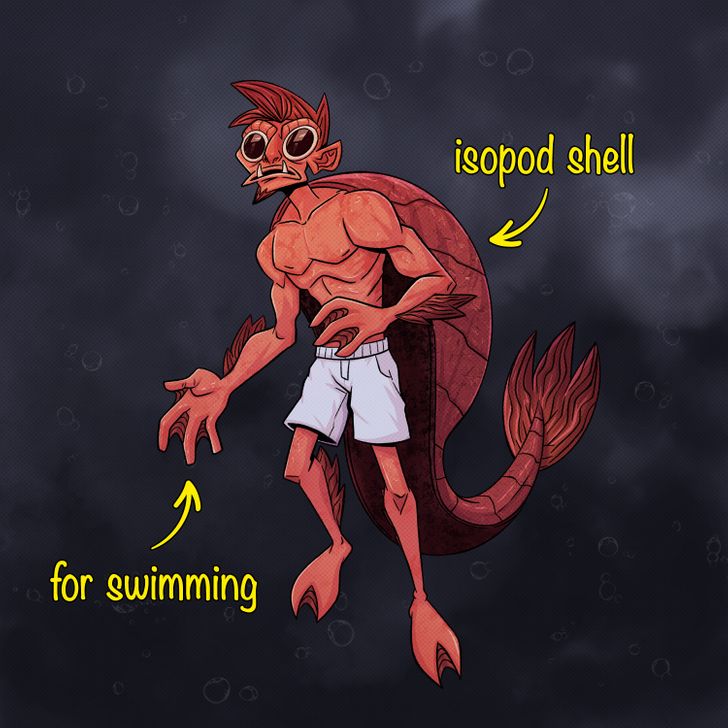
Living on the surface of Jupiter might prove to be challenging since there’s no actual surface. The planet consists entirely of gas. However, it doesn’t mean it’s just a giant cloud hanging in space — if you venture through its atmosphere to deeper parts, the gas becomes denser until it turns into liquid. So, one layer of Jupiter is an ocean made of hydrogen instead of water.
Like its fellow gaseous neighbor, Jupiter, Saturn is a gargantuan cloud of hydrogen and helium with no solid land and powerful winds. Like Jupiter, it gets tighter within, but its core is much smaller. Its iconic rings are made of a myriad of ice particles, so nothing could live on them, unfortunately. Saturn’s average density is less than water, so this behemoth of a planet could float in a bathtub if there were one of a suitable size.
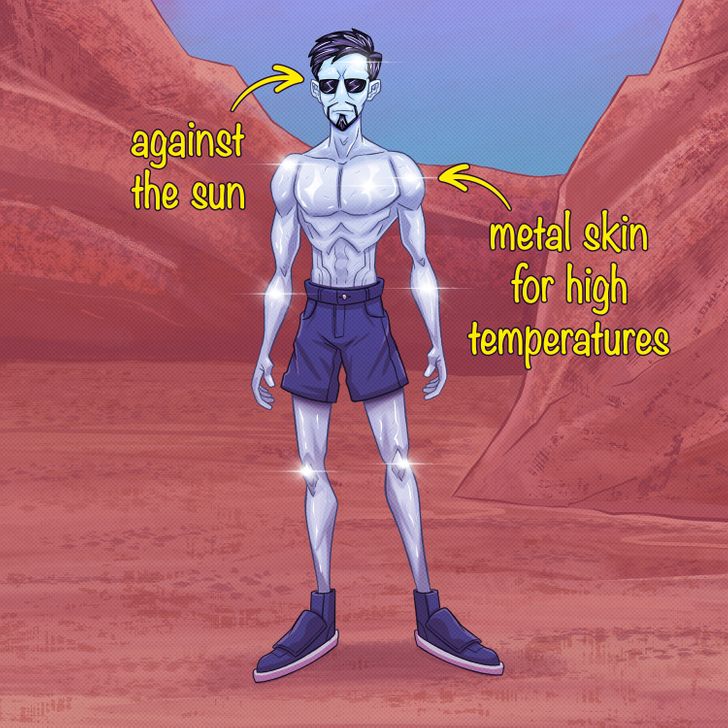
Life is tough on Mercury. This tiny planet is the closest to the sun, so the sunlight here is 7 times bigger than on Earth — no sunscreen would be able to manage this. Mercury’s temperature is extreme, swinging between a scorching 800°F (430°C) during the day and −290°F (-180°C) at night. It’s all accompanied by constant meteorite rains and earthquakes. As a bonus, there is no atmosphere or air to breathe.
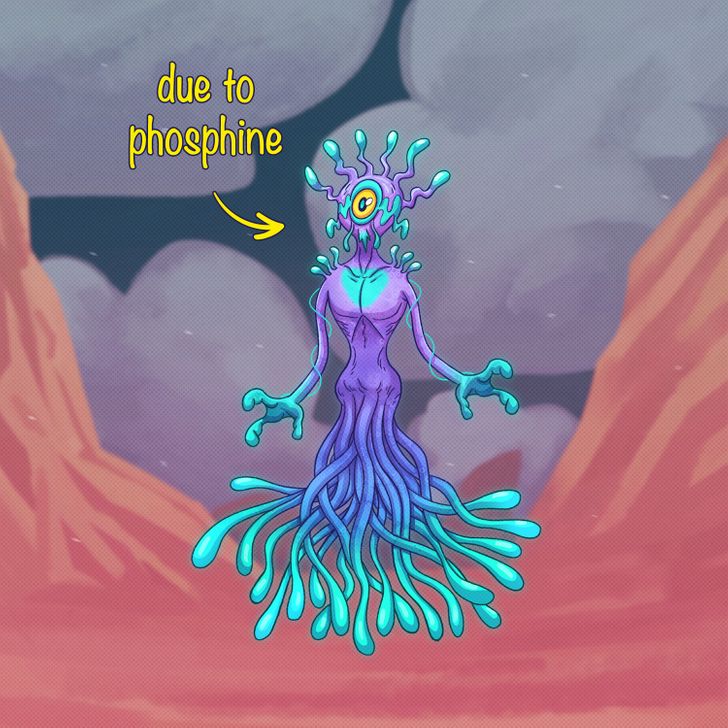
If there’s anywhere harder to live in than Mercury, it’s Venus. The temperature here is whopping 880°F (471°C), and the atmosphere is so thick, it creates a greenhouse effect. The surface is dry and full of surprises like volcanic eruptions, hurricane winds, and lightning. And as a cherry on the top, the pressure here feels like you’re 1 mile underwater, giving you a neverending headache.
Icy, dark, and plagued by strong winds, Uranus and Neptune are mostly made of cold liquids — methane, water, and ammonia. They don’t have a solid surface, and their atmospheres slowly merge into the water around the planets’ core. Gravity here is stronger than on Earth and applies more pressure on everything.
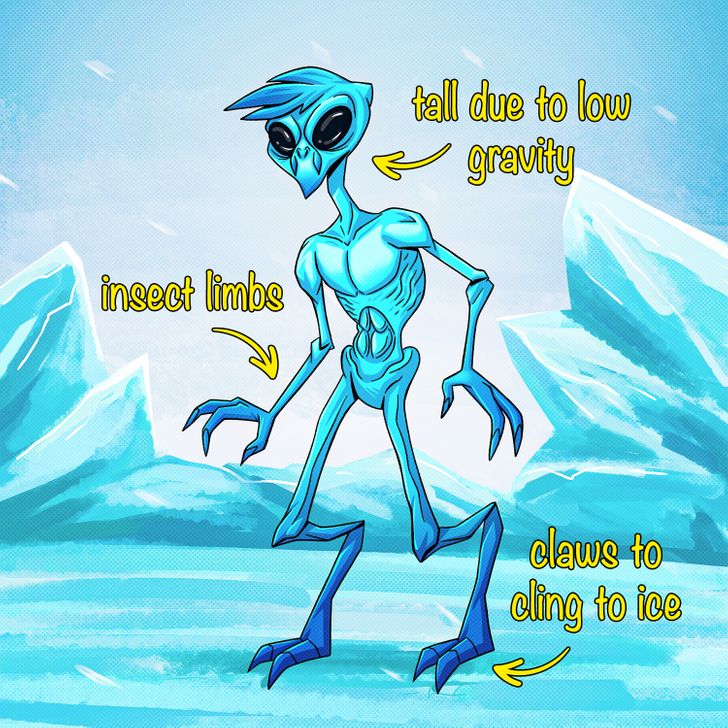
The farthest planet-like object from the sun is appropriately freezingly cold and covered with ice, with weak gravity and a flimsy atmosphere. The sun, from Pluto, is nothing more than a dot on the horizon, much like the moon for Earth, so there’s not much going on in terms of light. However, scientists suggest that there may be a water ocean under Pluto’s surface and some nicer weather.
Would you like to travel to space? Which planet do you want to visit?
Why would you only have two toes per foot if you lived on Mars?
Uranus/Neptune kinda cool ngl
I choose the royalties of Earth ♕🌎♔
